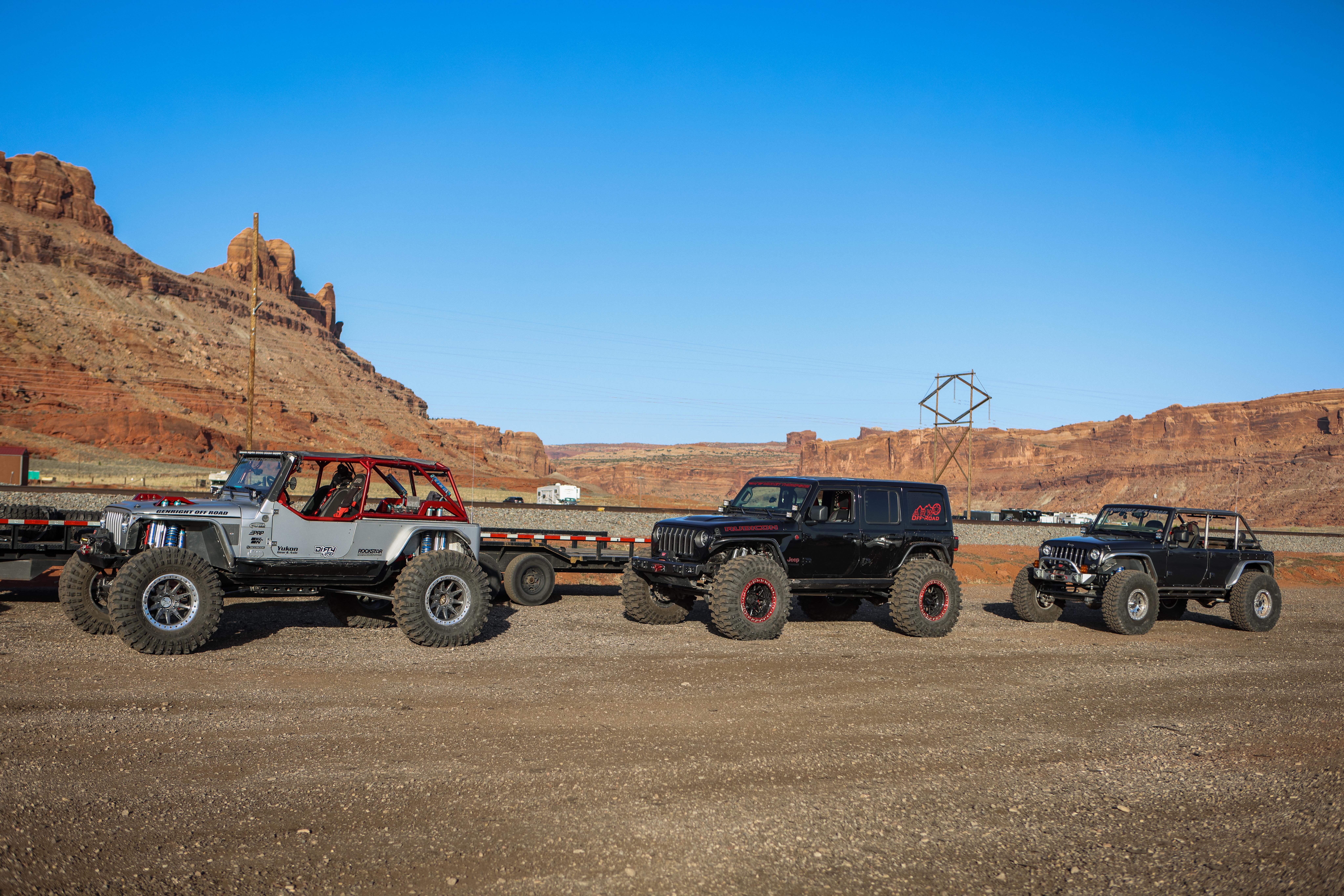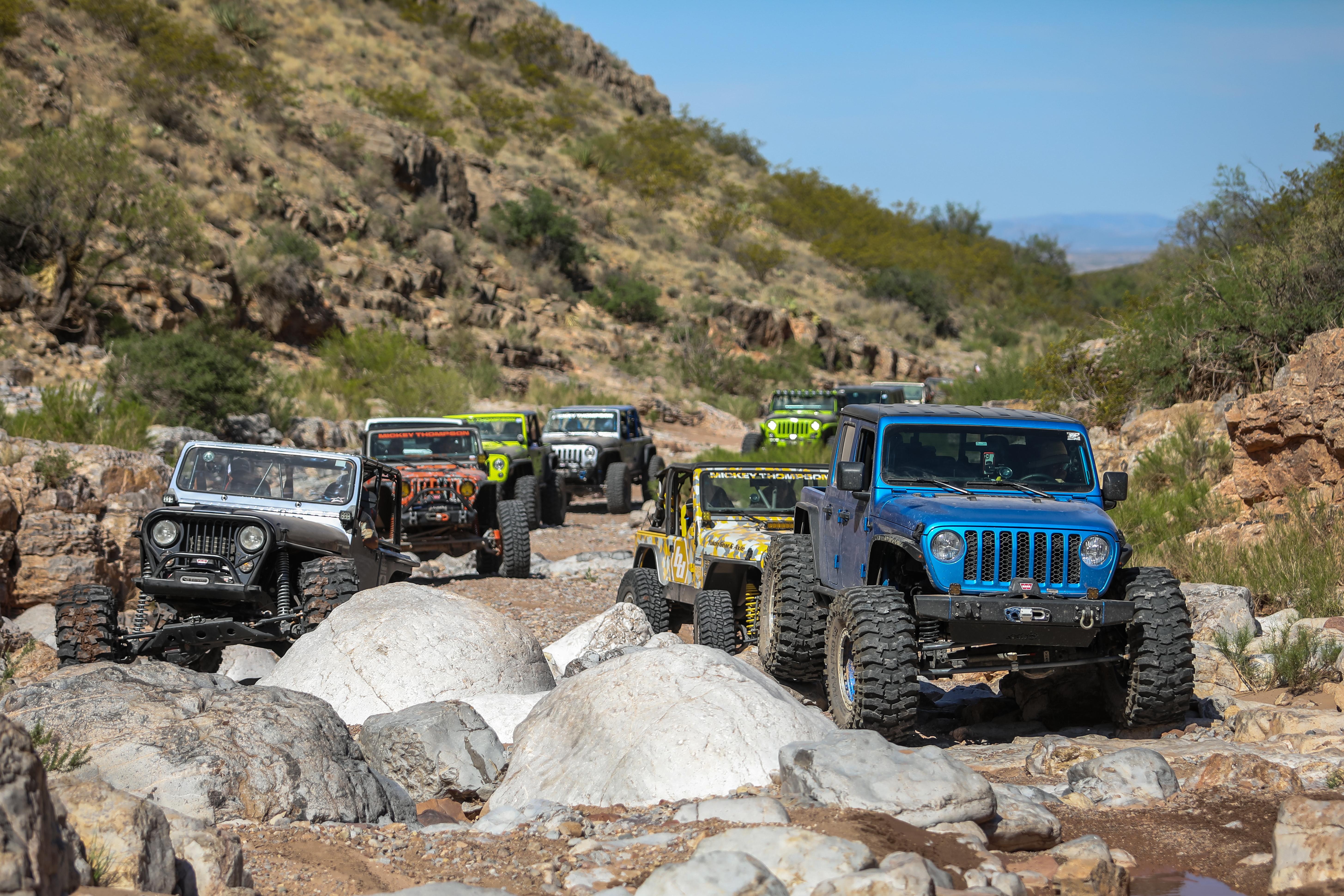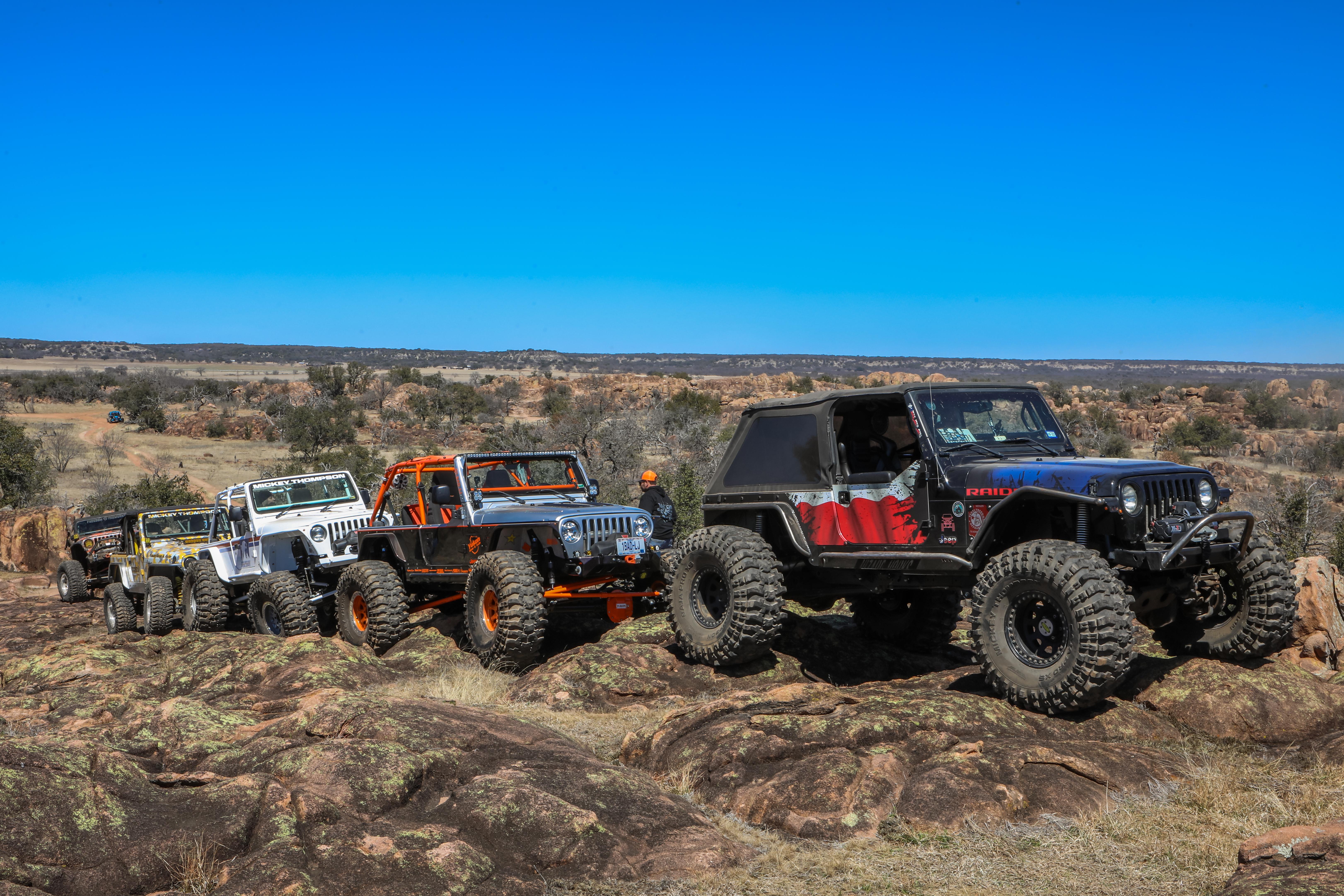Goal of this guide: off-roading isn’t just about conquering obstacles — it’s about doing it safely, respecting others, and keeping trails open for future generations. Good etiquette is what separates seasoned wheelers from reckless drivers.
Stay on the trail. Never cut switchbacks or make new lines — it causes erosion and gets trails shut down.
Tread Lightly. Minimize wheelspin, avoid sensitive areas, and only cross water where it’s legal and allowed.
Pack It In, Pack It Out. Haul out your trash and, if possible, pick up what others left behind.
Respect private land & gates. Leave gates the way you found them — closed if closed, open if open.
Fire safety. Check local fire restrictions before your run. Avoid smoking on trail, and never toss cigarette butts — wildfires often start this way.
Every group should have one designated Spotter during obstacles. The driver listens only to that Spotter. This keeps commands consistent and avoids confusion.
Key verbal commands:
Driver / Passenger: Turn the wheel toward the driver or passenger side.
Easy / Slow: Feather the throttle, keep steady.
Back Up: Roll back smoothly to reset.
Bump It: A quick burst of throttle to clear an obstacle.
Stop: Immediate halt for safety.
Hand signals: Engines, radios, or wind can make verbal calls hard to hear. Agree on simple signals: a flat palm means stop, pointing indicates direction, and a raised fist signals reset or back up.
Pro Tip: Agree on these commands before the trail run. Uniform language keeps the whole group safer.
When passing others on tight trails:
Uphill traffic has the right of way. It’s harder to restart going uphill.
Rig Count Signals: Each driver holds up fingers to show how many rigs are behind them. The last driver holds up a closed fist to indicate “I’m the last one.” This helps prevent head-on surprises on blind trails.
Yielding: If a faster group comes up behind you, pull over at the next wide spot and let them pass. It keeps traffic flowing and avoids frustration.
Radios keep groups organized — but only if everyone’s on the same page. Different systems can’t talk to each other, so your group should pick one type and stick with it.
GMRS (Most Common Today): Simple, reliable, and legal for all drivers with an FCC license. Rugged Radios and Midland GMRS units dominate modern Jeep groups. Great range and clarity. The license is $35, valid for 10 years, and covers your entire family.
FRS (Family Radio Service): License-free option with lower power and fixed antennas. Can communicate with GMRS on shared channels, but with reduced range.
Race Radios (VHF/UHF): Used in desert racing and some hardcore groups. They offer powerful, crystal-clear comms but require an FCC Amateur (Ham) license to legally operate on those frequencies. Each operator must have their own license.
CB (Old School): Once the standard, but limited range and poor clarity compared to modern systems. CBs also can’t communicate with GMRS or VHF radios.
Good Practices:
Identify yourself and who you’re calling (“Lead to Tailgunner”).
Keep transmissions short and clear.
Don’t clog the channel with chatter during spotting or recoveries.
Wait for others to finish before transmitting — don’t “step on” someone else’s call.
Don’t sit on the mic. A “hot mic” blocks the channel for everyone — and nobody wants to hear background noise (or worse). Always make sure your mic is clipped and clear.
ARW Note: We recommend Rugged Radios GMRS kits for Jeep groups. They’re simple, effective, and ensure everyone can communicate.
Always wheel with at least two rigs. Recovery is safer and easier with a buddy.
Keep spacing between vehicles so you’re not on top of the rig ahead — especially on climbs and obstacles.
If you stop, pull aside so others can pass without breaking trail flow.
Trail runs are about teamwork — the goal is for everyone to finish together, not to leave others behind.
Off-road etiquette is as important as axle strength or tire choice. Respect the land, use clear communication, and keep your group organized. At ARW Offroad, we carry Rugged Radios GMRS systems, recovery gear, and trail safety essentials so you and your crew are always prepared to wheel responsibly.
The information in Offroad 101 is provided as a general guide for educational purposes. Off-road driving involves inherent risks to vehicles, passengers, and the environment. Even if your Jeep is mechanically capable of handling a trail, your personal experience and driving skill play a critical role in safety and success.
ARW Offroad is not responsible for vehicle damage, injury, or other consequences resulting from the use of this information. We encourage drivers to know their limits, wheel responsibly, and seek hands-on training when tackling advanced terrain.



